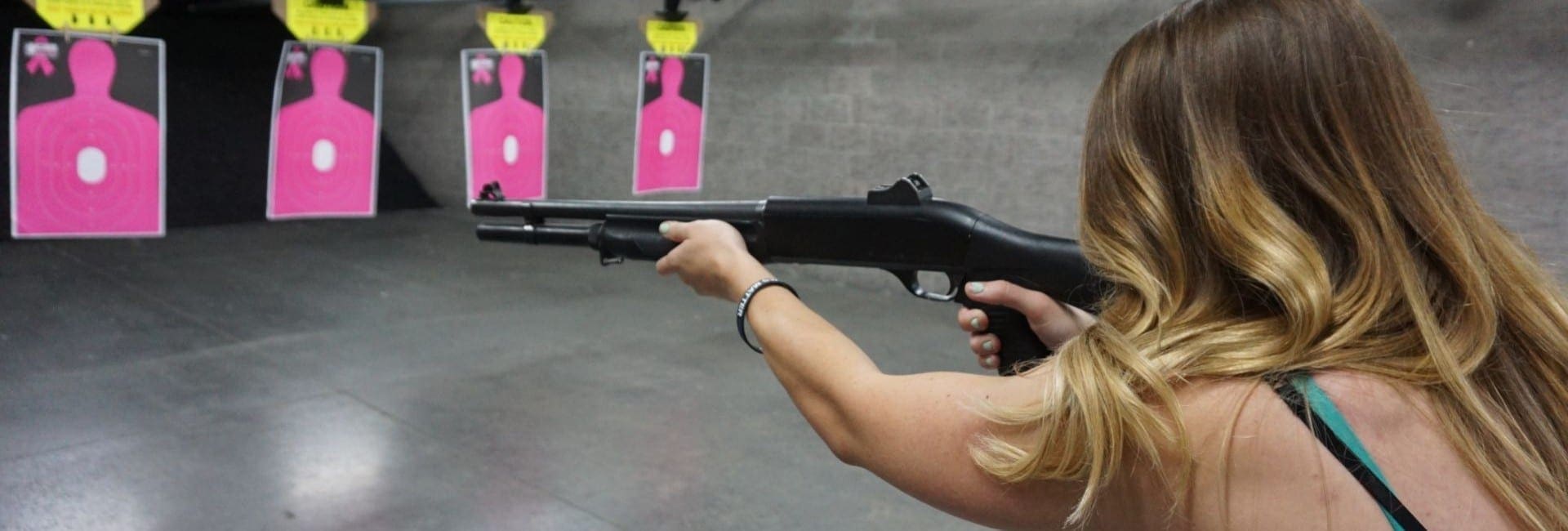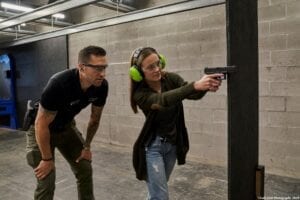When it comes to self-defense, owning a firearm is only the first step.
Proficiency and skill development should take precedence for anyone serious about protecting themselves or their loved ones. At the heart of this is the concept of shot placement—the accuracy and effectiveness of where your bullet strikes. Simply put, shot placement can make the difference between stopping a threat and escalating an already dangerous situation. This article delves into why shot placement is critical and why marksmanship must come first when developing self-defense skills.
The Anatomy of Stopping a Threat
The primary goal in a self-defense scenario is to neutralize the threat as quickly and effectively as possible. Neutralization does not necessarily mean lethal force—it means stopping the attacker from continuing their harmful actions. Shot placement plays a vital role in this process because the human body is remarkably resilient, and bullets, even from powerful calibers, can fail to incapacitate if they hit non-critical areas. Key areas to consider for effective shot placement include:
- Central Nervous System (CNS): Shots to the brain or spinal cord result in immediate incapacitation.
- Vital Organs: The heart, lungs, and major arteries are critical targets that can quickly disable an attacker.
- Pelvic Girdle: While not immediately lethal, shots to the pelvic area can immobilize an assailant.
Hitting these areas under stress, while potentially moving and in a chaotic environment, is no easy feat. This is why training for accuracy and precision is indispensable.
The Myth of “Stopping Power”
Many gun owners fall into the trap of relying on caliber size or so-called “stopping power” to compensate for poor marksmanship. The truth is, no handgun caliber guarantees an instant stop unless the shot is placed correctly. Real-world data from law enforcement and civilian self-defense encounters consistently show that even high-caliber rounds fail to stop threats if they miss critical areas.
Conversely, smaller calibers, often dismissed as insufficient, can be highly effective when shots are placed accurately. This reinforces the idea that accuracy outweighs raw power.
The Role of Stress in Self-Defense
In a self-defense scenario, your body undergoes a stress response: elevated heart rate, tunnel vision, and decreased fine motor skills. Under these conditions, even experienced shooters can struggle to perform basic tasks, let alone execute precise shot placement. Training to build muscle memory and consistent marksmanship is the only way to mitigate the effects of stress and ensure you can deliver effective shots when it matters most.
Training for Marksmanship First
Developing marksmanship skills should be the cornerstone of any self-defense training regimen. Here is how to prioritize this critical skill:
- Fundamentals First: Start with the basics—grip, stance, sight alignment, and trigger control. These elements are the foundation of accurate shooting.
- Live Fire Training: Use range sessions to refine accuracy at varying distances and under timed conditions.
- Dynamic Drills: Incorporate movement, cover, and realistic scenarios to simulate real-world conditions.
Final Thoughts
In self-defense, shot placement is not just important; it is everything. A well-placed shot can end a threat quickly, protect innocent lives, and reduce the likelihood of legal repercussions. Marksmanship—the ability to place your shots accurately under pressure—should be the primary focus of your training.
Invest in quality instruction, dedicate time to practice, and remember that owning a firearm is not enough. Skill and responsibility go hand in hand. By prioritizing shot placement and marksmanship, you are not just improving your ability to defend yourself—you are enhancing your preparedness to act responsibly and effectively in the gravest of moments.


